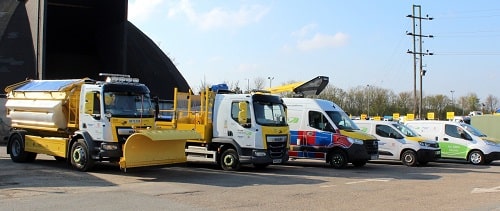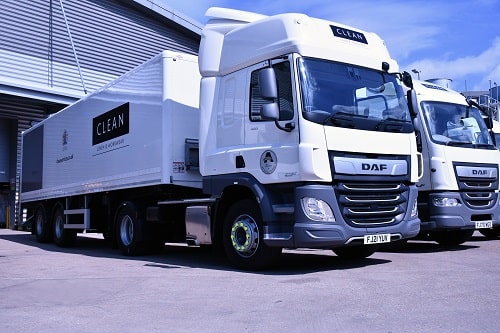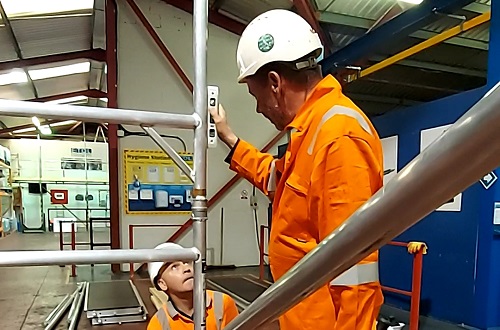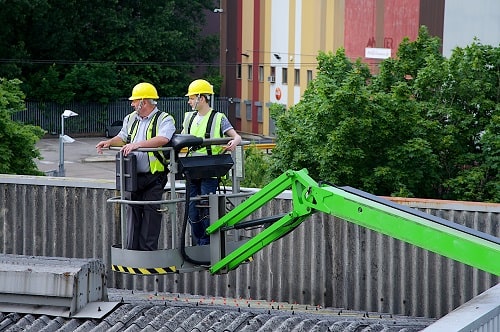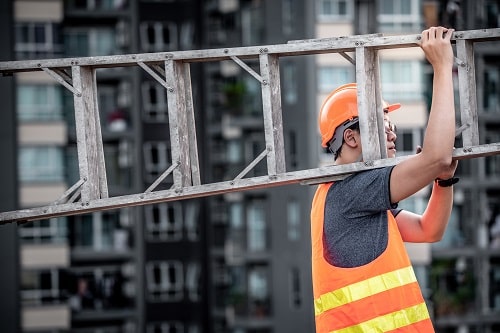Thinking differently: how to embrace neurodiversity and make workplaces work for all
Up to one in five people are neurodivergent in some way, yet most workplaces and recruitment processes are designed for neurotypical staff. Creating a positive, inclusive culture and providing neurodiversity training can help break down the barriers that are holding back a pool of workers with unique talents.
By Kerry Reals on 25 March 2024







